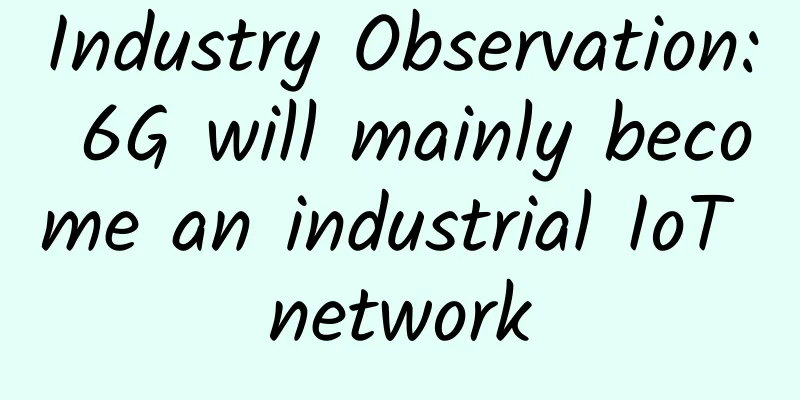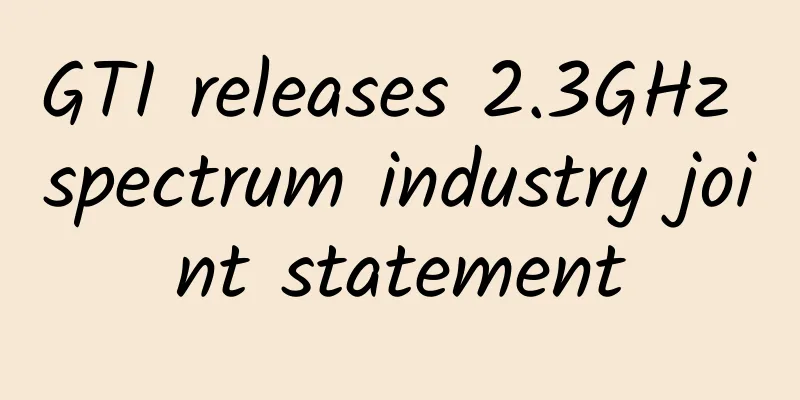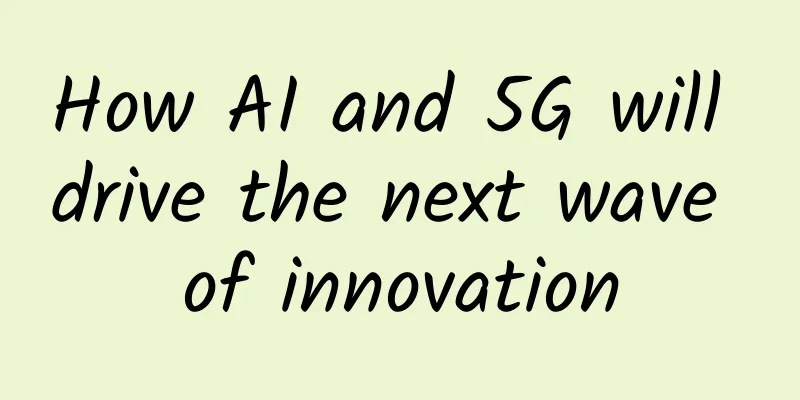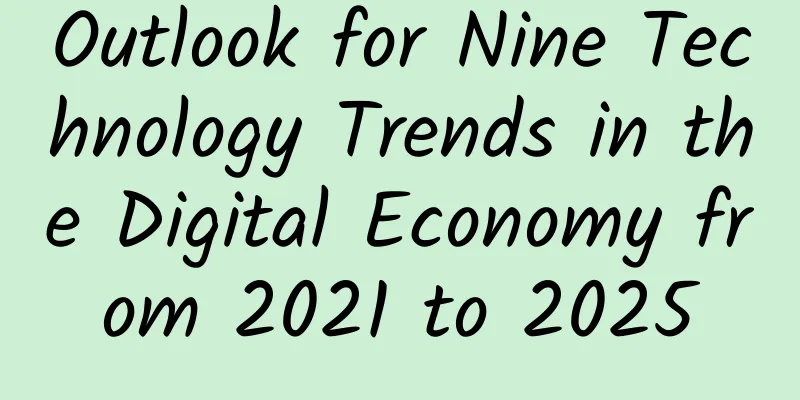Industry Observation: 6G will mainly become an industrial IoT network

|
Cellular positioning technology for key IoT industrial use cases will become one of the key elements of future 6G networks. While 5G is still in the early stages of deployment in many markets and most commercial networks are non-standalone, the industry is already experimenting with the possibilities of next-generation 6G cellular networks, and the IoT will gradually enable these innovations. For most people, 5G is the last interaction with the mobile phone networks that emerged in the last quarter of the 20th century. The speed of connecting devices has been improved, and some advanced users can now play low-latency online games and ultra-high-definition videos on smartphones and tablets. For cellular service providers (CSPs) and other industry stakeholders, 5G is the logical evolution of cellular connectivity, with data finally replacing voice as the primary driver of wireless communications. 5G New Radio (5G NR) finally delivers the reliability and high-performance wireless connectivity required by the last industrial revolution. CSPs are now starting to roll out the first standalone 5G networks, eventually enabling critical IoT services such as ultra-low latency and network slicing. In 2025, 5G Advanced (3GPP Rel.18), also known as 5G+, will arrive, delivering the full promise of 5G for high-performance applications such as autonomous driving, advanced robotics, remote operations and maintenance, massive critical IoT, and the industrial metaverse. Leveraging real-time data from all sources, businesses will use digital twins to create innovative Industrial IoT solutions, along with AI and analytics to leverage actionable insights to create future products and services using information from immersive simulations. Then, after 5G finally reaches its full potential, the early stages of 6G will emerge, bringing new capabilities to this century’s advanced industrial applications. What is 6G?According to a report published by GSMA Intelligence, “While some applications are clear, others are not. Which 6G services are ultimately realized will depend on physical capabilities. If we assume a further 10x increase in throughput over 5G, and an increase in latency in the opposite direction, then extended reality and the metaverse are firmly in play, as are holographic technology, robotics, and distributed sensing capabilities.” In addition to high speeds and near-zero latency, 6G will also provide the required sensing and positioning capabilities to enable full automation of the industrial metaverse and many applications that are currently impossible. Accurate positioning is critical for many applications in industrial settings, such as robot navigation, asset tracking, and worker safety. “6G sensing will give us unprecedented awareness of our surroundings,” said Peter Vetter, president of Nokia Bell Labs Core Research, in prepared remarks. “For example, it will update the digital twin of a factory or smart city in real time, optimizing the flow of robots, vehicles and people in a safe way. This digital sixth sense will warn us of hazards, such as a speeding vehicle approaching a corner. As 6G sensing becomes more accurate, we will be able to interact with the world in a natural way using gestures, rather than touchscreens or controller interfaces.” Thierry Klein, president of Nokia Bell Labs Solutions Research, told EE Times: “We started working on 6G a few years ago. We see 6G not only as a communication network, but also as other value propositions. These metrics are not just latency and reliability, there are other aspects. How can we use the communication network for other purposes, and sensing is a key purpose? If we believe in industrial enterprise applications, we think sensing is interesting.” He went on to add: "Enterprises are more outcome-driven: How do the networks and technologies being deployed help improve productivity, efficiency, security and sustainability? How do they create outcomes for the business? What is the role of having 5G, 5G Advanced, 6G and private wireless networks?'" Klein, who leads Nokia's industrial solutions research, believes that 6G will bring the real benefits of 5G to the industrial sector. 6G will typically connect billions of assets, including consumer electronics and appliances, factory machines and self-driving cars. The combination of massive IoT, high throughput, edge processing and artificial intelligence will bring the benefits of Industry 4.0 to everyone. “Everything needs to be connected – people, machines, sensors, spaces and environments,” said Klein. “But once everything is connected, the question is what to do with it. You need to understand what is connected, how things behave and where they are. Sensing, localization and understanding the operating environment are critical. That’s why we are so excited about sensing technology. “Our team is looking at this to answer these questions. We call it Industry 4.0, industrial automation, the industrial metaverse. But it’s really about how we can use network edge computing, artificial intelligence and a lot of ICT technologies to help achieve industrial outcomes.” 6G must be more power-efficientAs operators and system integrators deploy new 5G networks in public and private spaces, the balance between performance and sustainability is gaining more attention. Data traffic on cellular networks continues to grow, and power consumption is also increasing. According to GSMA, by 2030, the information and communications technology industry is expected to turn to renewable energy to account for more than 60% of total electricity consumption. Still, the uneven distribution means that 6G must be a more efficient network to mitigate the power demands of more intensive use cases. “We believe that energy scarcity is here to stay,” Sanjay Uppal, senior vice president and general manager of VMware’s service provider and edge business unit, told EE Times in an interview last year. “It may be in Europe today, but it’s going to be a global problem that we have to address. So it’s going to become more and more important to factor in energy consumption as a factor in choosing information technology.” |
>>: What are virtual networks and why they are here to stay
Recommend
LOCVPS 20% off: 29.6 yuan/month - 1GB/30GB/400GB@100Mbps/Osaka, Japan
LOCVPS is a domestic hosting company founded in 2...
The future of 5G and IoT in smart cities
Simply put, a "smart city" leverages em...
BGPTO: Singapore CN2 dedicated server $49/month, E3-1230v3/16GB/480G SSD/optional CN2 or international high bandwidth
bgpto is a brand of klayer (started in 2011). The...
20,000 words of detailed explanation! 32 classic questions about Netty!
Introduction Hello everyone, I am Tianluo. When w...
IT maintenance: Five aspects of daily switch maintenance, all practical information!
With the rapid development of informatization, sw...
I experienced 5G network on Beijing Line 16 for a while and used up 7GB of data
What is 5G? Do I need to change my SIM card? Can ...
[Understand Routing in Seconds] Now that we have an IP address, is a MAC address still necessary?
I wonder if you are confused: Why do we need a MA...
Whose encryption key is hardcoded in the code?
System design, protocol first. Most people do not...
One year after number portability: China Mobile and other operators use various means to "retain" users, and 70% of consumers encounter obstacles
Recently, the Shaanxi Provincial Communications A...
10gbiz: Hong Kong/Los Angeles VPS 40% off in August, starting at $2.36 per month, 258IP cluster server half price for the first month
10gbiz is a hosting company founded in 2020, prov...
Summary and analysis of the top ten optical communication technologies in 2016
5G channel coding technology In October 2016, Hua...
What is the investment direction of the 5G trend?
Countries and regions are actively preparing for ...
In the post-“number portability” era, where will users and operators go?
"Are you planning to transfer your number to...
Kunpeng Lingyun Zhiyao Changan | Shaanxi Kunpeng Ecological Innovation Center calls on enterprise developers to "go to class"!
[51CTO.com original article] What changes can be ...
JD.com's Lv Jianwei: Black technology leads the new era of e-commerce
[51CTO.com original article] On July 21-22, 2017,...









